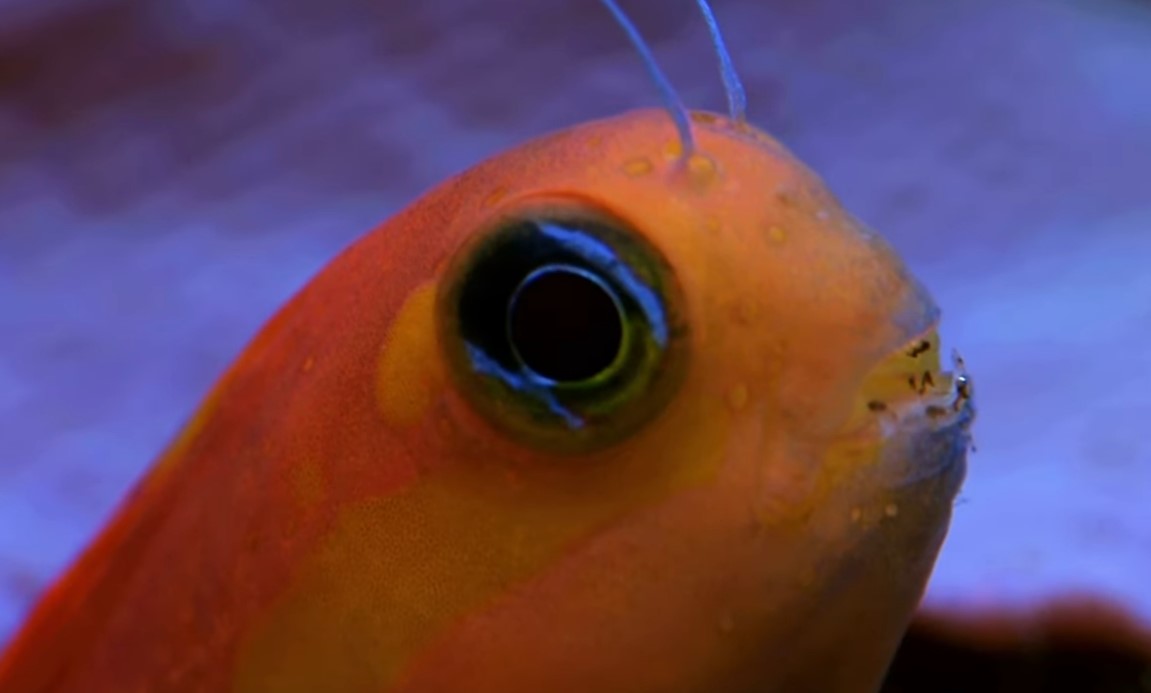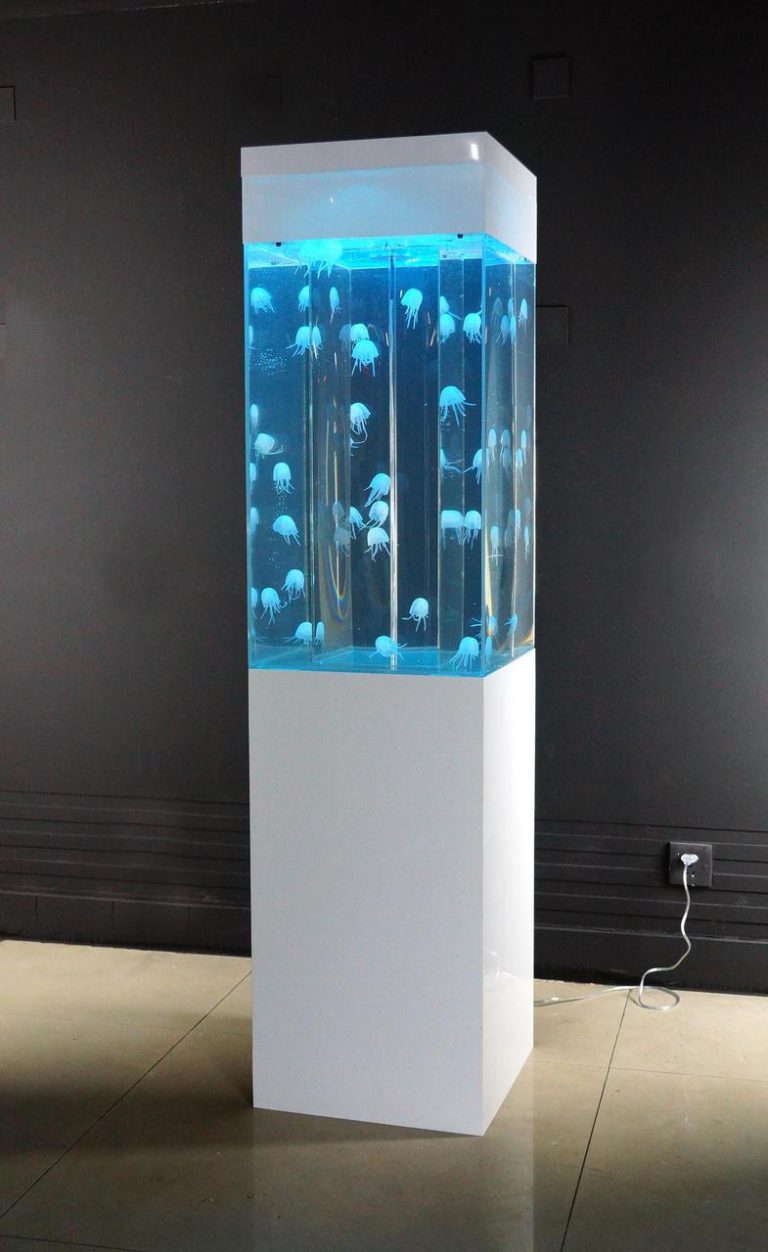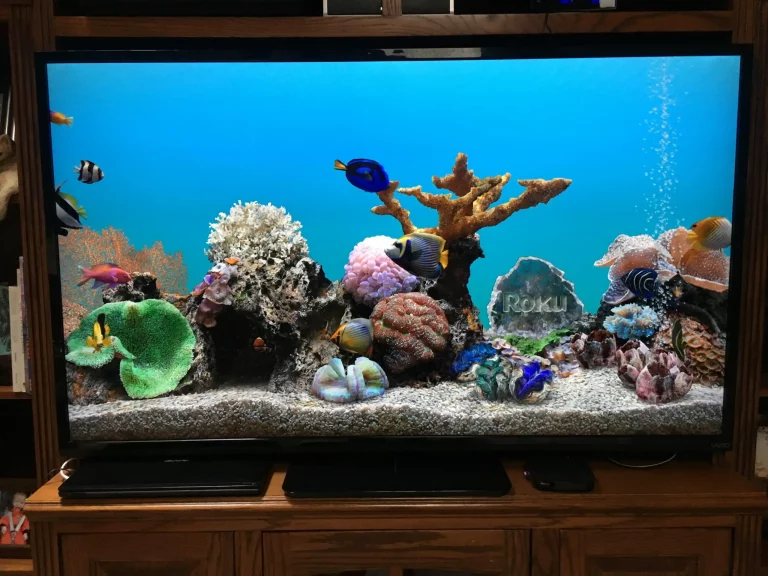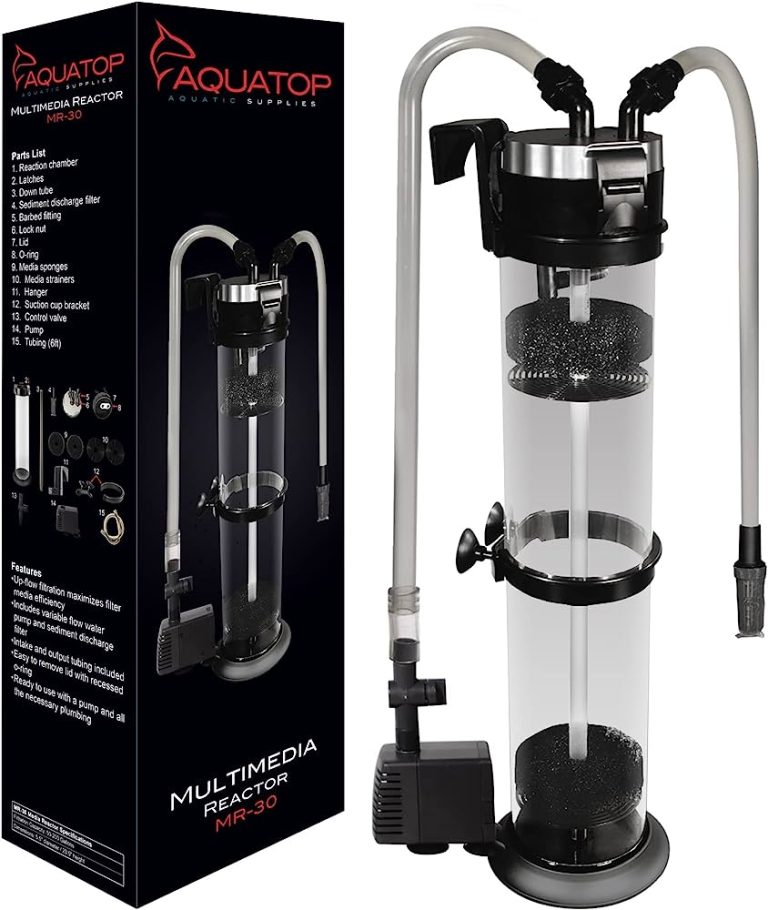Clownfish Compatibility Chart
Are you considering adding a clownfish to your saltwater aquarium? If so, you’ll want to make sure that you choose compatible tank mates to ensure a peaceful and thriving environment for your fish. To help you make an informed decision, this article will provide a comprehensive clownfish compatibility chart, detailing which species can coexist harmoniously. Let’s dive in!
Clownfish, also known as anemonefish, are vibrant and popular options for home aquariums. They are known for their striking colors and unique behavior, making them a favorite among hobbyists. However, it’s important to select tank mates that can live comfortably alongside these feisty little fish.
Clownfish Compatibility Chart

It’s crucial to consider various factors when choosing tank mates for clownfish, including temperament, size, and water parameters. Here is a comprehensive compatibility chart to guide your selection process:
| Species | Compatibility | Recommended Tank Size |
———————————————————
| Percula Clownfish| Excellent | 20 gallons |
| Ocellaris Clownfish | Excellent | 20 gallons |
| Tomato Clownfish | Good | 30 gallons |
| Clarkii Clownfish | Fair | 55 gallons |
| Maroon Clownfish | Fair | 50 gallons |
| Skunk Clownfish | Fair | 30 gallons |
| Banggai Cardinalfish | Good | 20 gallons |
| Firefish | Good | 20 gallons |
| Royal Gramma | Good | 30 gallons |
| Gobies | Good | 10 gallons |
| Neon Goby | Good | 10 gallons |
| Blennies | Good | 20 gallons |
| Damsels | Poor | 30 gallons |
| Tangs | Poor | 75 gallons |
Percula and Ocellaris Clownfish
The Percula and Ocellaris Clownfish are the most popular choices for a reef tank. Known for their vibrant orange bodies and distinctive white stripes, they are compatible with a wide range of tank mates. These species are generally peaceful and get along well with other fish, making them suitable for beginners.
Tomato Clownfish
The Tomato Clownfish, with its striking red coloration, is another popular option for home aquariums. While they can be a bit more territorial than Percula and Ocellaris Clownfish, they generally coexist well with other peaceful species. It’s important to provide ample hiding spots and swimming space to keep them content.
Clarkii Clownfish
Clarkii Clownfish, also known as the Sebae Clownfish, can be a bit more challenging to keep due to their territorial and aggressive nature. It’s crucial to provide a larger tank with plenty of hiding spots to minimize conflicts. They are best kept with larger tank mates that can hold their own.
Maroon and Skunk Clownfish
Maroon and Skunk Clownfish are known for their bold and feisty behavior. These species can be territorial and aggressive, especially during breeding. They are best kept alone or with larger, equally aggressive tank mates. Due to their larger size, a tank of at least 50 gallons is recommended.
Banggai Cardinalfish
Banggai Cardinalfish is a peaceful and unique species that can make an interesting addition to a clownfish tank. These fish prefer to stay in small groups of their own kind, so it’s recommended to keep them with a school of 5-6 individuals. They can coexist well with clownfish if provided with adequate hiding spots.
Firefish, Royal Gramma, Gobies, Neon Goby, and Blennies
Firefish, Royal Gramma, Gobies, Neon Goby, and Blennies are all compatible with clownfish and can create a lively and diverse aquarium community. These species are generally peaceful and add vibrant colors and interesting behaviors to the tank. Ensure sufficient hiding spots and rock formations for their comfort.
Damsels and Tangs
It’s important to exercise caution when considering Damsels and Tangs as tank mates for clownfish. Damsels can be aggressive and may bully smaller or more docile fish, including clownfish. Tangs, on the other hand, require larger tanks with plenty of swimming space and can be territorial, potentially causing conflicts with clownfish.
Frequently Asked Questions
Can I keep multiple species of clownfish together?
It’s generally not recommended to keep multiple species of clownfish together in the same tank. Different species may have varying temperaments, territorial behavior, and social hierarchy, leading to conflicts and stress. It’s best to stick with one species or have a mated pair.
Can clownfish be kept with invertebrates such as shrimp and crabs?
Clownfish can typically coexist peacefully with invertebrates such as shrimp and crabs. However, it’s essential to choose invertebrates that are not aggressive or predatory towards the clownfish. Always research the specific compatibility of the chosen species before introducing them to the tank.
How can I introduce new tank mates to my clownfish?
When introducing new tank mates to your clownfish, it’s crucial to follow a slow and cautious acclimation process. Quarantine new fish to ensure they are healthy and disease-free before introducing them to the main tank. Monitor their interactions closely to detect any signs of aggression or stress.
Final Thoughts
Choosing compatible tank mates for your clownfish is essential for maintaining a harmonious and thriving aquarium environment. By considering factors such as temperament, size, and water parameters, you can create an interesting and visually appealing tank that provides a home for multiple species. Remember to provide ample hiding spots and swimming space to accommodate the unique behaviors and needs of each species. Happy fishkeeping!






